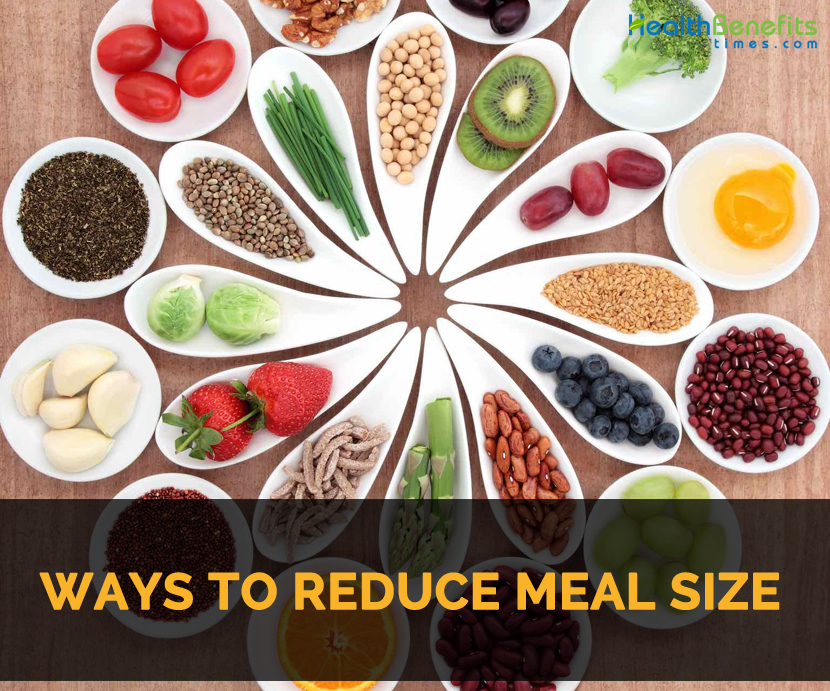 One big reason the collective American waistline has continued to expand is that we simply eat too much. Not too much salad or salmon but too much high-calorie fare with little or no nutritional value, like French Fries and mega-burgers. We eat out more than we used to, and restaurant serving sizes have become two to five times heftier than they were in the 1970s. As a result, our calorie intake is out of whack with the number of calories we burn.
One big reason the collective American waistline has continued to expand is that we simply eat too much. Not too much salad or salmon but too much high-calorie fare with little or no nutritional value, like French Fries and mega-burgers. We eat out more than we used to, and restaurant serving sizes have become two to five times heftier than they were in the 1970s. As a result, our calorie intake is out of whack with the number of calories we burn.
The number of calories you need to eat each day depends largely on your size and activity level. A ballpark figure is 1,800 for women and 2,200 for men. If you want exact numbers, search the Internet for “calorie needs calculator.” Plug in your vital statistics and you’ll get back a ballpark estimate of the number of calories a day you need to eat to either lose or maintain your current weight.
But you certainly don’t need to count calories in order to eat less. Here are some simple strategies for downsizing your meals.
- Pay attention to portions. Did you know that a standard portion of shredded cheese is a quarter cup, about the size of a golf ball? Yet most Mexican restaurants sprinkle softball-sized mounds of cheese on their burritos. To learn how to identify reasonable portions, we recommend The Portion Teller by Lisa Young, PhD, RD. Action for Media Education (AME, org) also has excellent resources, both visual and explanatory, on how to avoid portion distortion.If you eat out a lot, consider the appetizer menu for a main meal selection, or when your meal arrives, immediately cut it in half and place the rest in a to-go bag. Many restaurant portions are double, triple, or even greater the size of a single serving.
- Read labels and restaurant menu calorie counts. All packaged foods indicate calorie counts, and there are now laws requiring large chain restaurants to list calorie counts on the menus. Pay attention! You needn’t count every calorie you eat, but when you see that a large Dunkin’ Donuts Vanilla Bean Coolatta drink has 860 calories about half the daily calorie allotment for a woman — that should be a signal to say, “Nope!” Besides calories, be on the lookout for trans fat, saturated fat, and sodium content as well.
- Don’t confuse fat-free with calorie-free. Many fat-free foods are plenty high in calories because they make up for the lost fat by adding sugar. The same is true of sugar-free foods; they are not a free pass to weight loss and are often pumped full of fat or chemicals to make up for the lack of natural sweetener.
- Buy smaller packages. Larger packages make us think it’s normal to serve and eat more. In one study, people who were given jumbo jars of sauce and meat packages prepared 23 percent more food than those given medium-sized packages — and ate it all. If you buy large packages to save money, repackage the items into containers as soon as you get home.
- Use smaller bowls, plates, and serving spoons. Like big packages, big dishes skew your idea of what’s normal and prompt you to eat more, as much as 57 percent more when it comes to large ice cream bowls and scoops.
- Eat slowly. Utter at least one complete sentence between bites. Many people eat so fast that they don’t taste anything and then rush back for seconds. Give your body a chance to feel full. Eat half of what’s on your plate and then take a ten-minute break and assess whether you’re still hungry.
- Cut out sweetened beverages – both regular and diet. Americans consume 150 to 300 more calories per day than they did in the 1970s, and 50 percent of that increase has come from sweetened beverages such as sodas, sweetened teas, fruit drinks, and energy drinks.Research suggests that the brain simply doesn’t register liquid calories with appetite controls; when you drink a soda, you don’t compensate by eating less food. Artificially sweetened beverages aren’t a good substitute. In fact, research has found a 41 percent increase in risk of being overweight for every can or bottle of diet soda consumed daily. Diet soda may stimulate appetite; another theory is that people give themselves license to eat more when they drink diet soda. Stick primarily with water, nonfat milk, and unsweetened tea and coffee.
- Go easy on the booze. Alcohol stimulates your appetite and weakens your reserve. This combination can lead to some serious overeating. Instead of drinking before a meal, drink while you eat.
- Eat regular meals. Skipping meals sets you up for losing control and overeating. You’re less likely to pig out if you avoid becoming a ravenous monster in the first place. That said, if you opt to take a “grazing” approach of six small meals a day, make the operative word
Although grazing is often touted as a helpful weight-loss strategy, there’s little evidence to support it. And some experts feel that it may actually contribute to weight gain by disrupting the brain’s ability to recognize hunger and satiety cues. Eating handful after handful of organic granola and taking frequent sips of a fruit smoothie will hit your waistline just as surely as a large meal or a binge.

